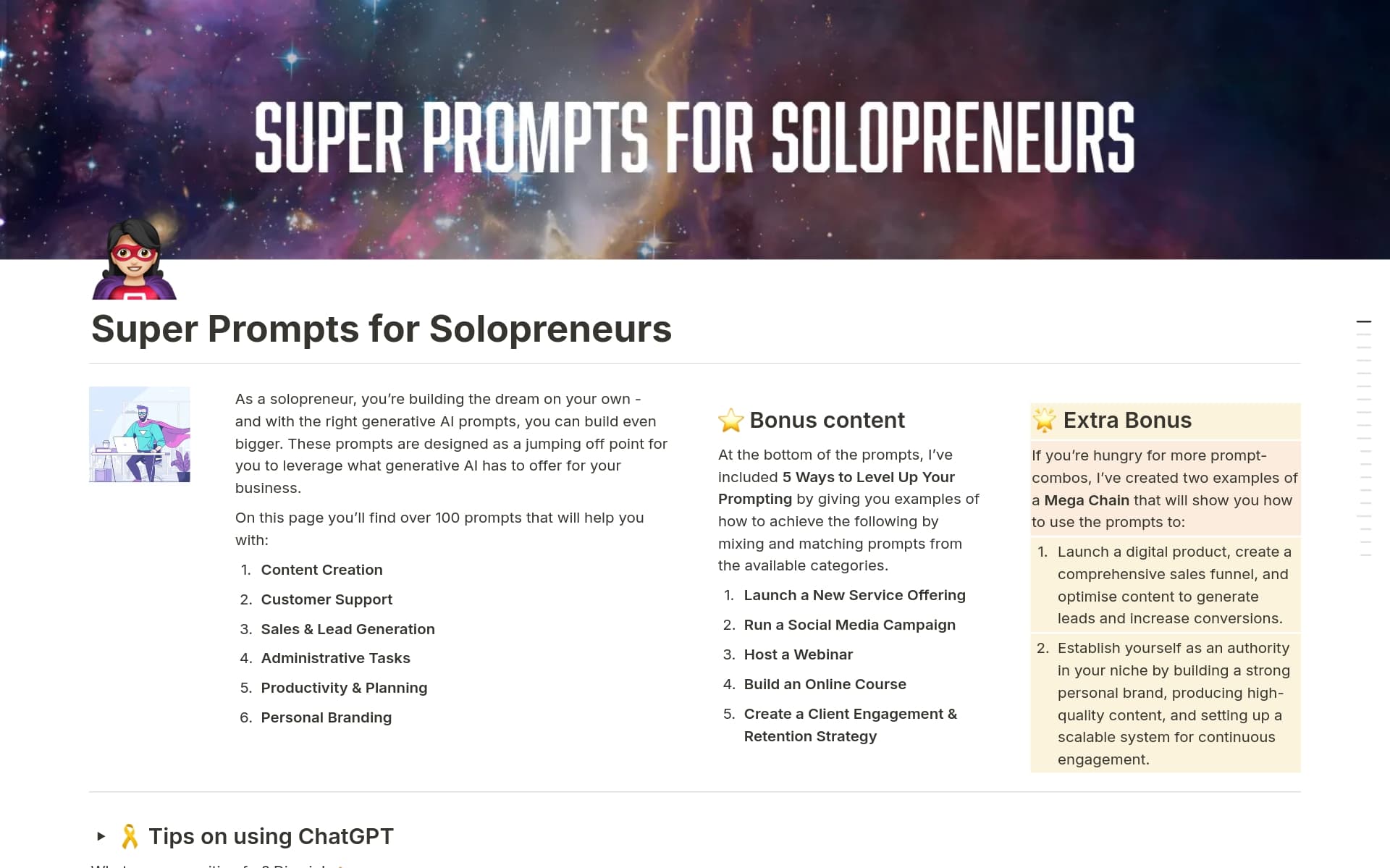Engineering workflows are essential for streamlining project management, enhancing collaboration, and ensuring that all team members are aligned with the project's goals and timelines. An Engineering Workflows template in Notion can help by providing a structured approach to task management, sprint planning, and progress tracking, which is crucial for the successful delivery of engineering projects.
Before you start creating your own Engineering Workflows, check out these Engineering Workflows templates below to help make the process easier.
What Should Engineering Workflows Templates Include?
Choosing the right Engineering Workflows template in Notion can streamline your project management and enhance team collaboration. Here are key components to look for in a high-quality template:
Task Management: The template should offer comprehensive tools for tracking tasks, including statuses, priorities, and deadlines to keep projects on track.
Integration Capabilities: Effective templates should seamlessly integrate with other tools like GitHub or JIRA, facilitating a smoother workflow and data synchronization.
Documentation Space: Look for templates that provide ample space for documentation, including design specs, project requirements, and meeting notes to ensure all information is centrally located and accessible.
Progress Tracking: A good template will include features for visualizing progress, such as Gantt charts or Kanban boards, which help in assessing project timelines and resource allocation.
Selecting a template with these components will not only optimize your engineering processes but also empower your team to deliver exceptional results efficiently.
What Should Engineering Workflows Templates Avoid?
When selecting an Engineering Workflows template in Notion, it's important to be aware of certain features that might complicate or hinder your project management efficiency. Here are three key components to steer clear of:
Overly Complex Structures: Templates with too many layers and subpages can be confusing and reduce navigability. Opt for simplicity to enhance user experience and productivity.
Fixed Workflow Stages: Avoid templates that do not allow customization of workflow stages. Engineering projects vary widely, and flexibility in modifying stages is essential for adapting to project-specific needs.
Generic Resource Links: Templates that include non-specific resource links can lead to irrelevant information. Ensure the template allows for easy customization of resource sections to maintain relevance to your specific engineering field.
Choosing the right template involves avoiding these pitfalls to ensure that the tool enhances your team's ability to manage projects effectively and efficiently.



